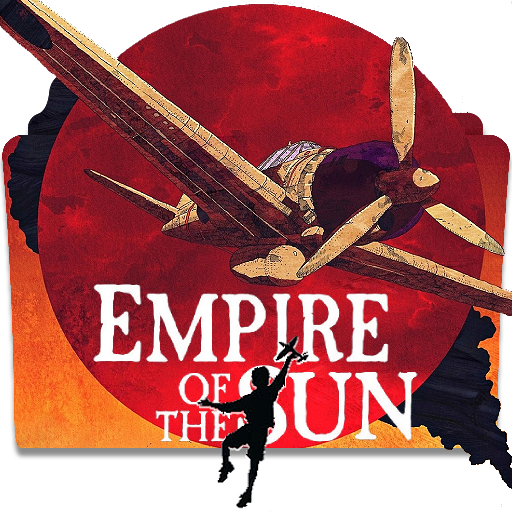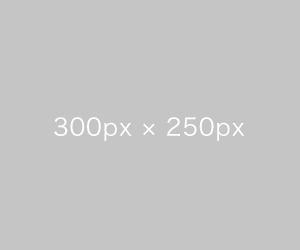Original art
Shomei Tomatsu (Japanese, 1930-2012) Atomic Bomb Damage – Wristwatch Stopped at 11.02, August 9, 1945, Nagasaki 1961 Gelatin silver print on paper 253 x 251mm Tokyo Metropolitan Museum of Photography, Tokyo
Nick Waplington’s deeply moving and once controversial photographs of the cells of Barry Island prison, where Nazi SS Officers were held prisoner before the Nuremburg trials, were taken in 1993, almost 50 years after the prisoners had embellished the cell walls with Germanic slogans and drawings of pin-up girls and Bavarian landscapes will be displayed https://voltagebets.net/. The half-century that elapsed between the photographs and the creation of their subject is grim testament to the enduring legacy of conflict…
Toshio Fukada (Japanese, 1928-2009) The Mushroom Cloud – Less than twenty minutes after the explosion (4) 1945 Tokyo Metropolitan Museum of Photography © The estate of Toshio Fukada, courtesy Hiroshima Peace Memorial Museum
The exhibition is staged to coincide with the 2014 centenary and concludes with new and recent projects by British, German, Polish and Syrian photographers which reflect on the First World War a century after it began.”

Cinematic artwork
Similarly, in Shutter Island (2010), Martin Scorsese makes a visual reference, utilizing paintings such as Gustav Klimt’s “The Kiss” in a reflection of the mind of a fractured protagonist, as well as his individual struggle. Such references in paintings provide depth and interpretation of the film, allowing viewers to relate on another plane.
The influence of film on painting has led to a rich dialogue between these two mediums, allowing artists to create works that are visually compelling and narratively engaging. This ongoing exchange continues to push the boundaries of visual storytelling, enriching the world of contemporary art.
used in genres like film noir and German Expressionism, have had a significant influence on painting. Dramatic lighting effects, such as chiaroscuro (the use of strong contrasts between light and dark), can add intensity and emotion to a composition. Painters use these techniques to create mood, highlight certain aspects of the painting, and direct the viewer’s attention.

Similarly, in Shutter Island (2010), Martin Scorsese makes a visual reference, utilizing paintings such as Gustav Klimt’s “The Kiss” in a reflection of the mind of a fractured protagonist, as well as his individual struggle. Such references in paintings provide depth and interpretation of the film, allowing viewers to relate on another plane.
The influence of film on painting has led to a rich dialogue between these two mediums, allowing artists to create works that are visually compelling and narratively engaging. This ongoing exchange continues to push the boundaries of visual storytelling, enriching the world of contemporary art.
Classic artwork
The Sleeping Gypsy summons an aspiration for a preindustrial past, which represented it as a highly-fascinated modern art during the mid-nineteenth century. The dream-like atmosphere and simple geometric designs portray the painter’s remarkable illustrative imagination.
Today, the painting remains on display, though in low lighting conditions to preserve the artwork. Overall, The Last Supper is a truly remarkable feat of art that has captivated and inspired audiences for centuries, with its cultural, historical and artistic significance leaving an indelible impression on the art world.
It is an intriguing work that juxtaposes the idyllic countryside with themes of neglect and irresponsibility. Known for its detailed realism and social commentary, this painting remains a significant part of the Pre-Raphaelite movement.
The Scream, comparable only to Mona Lisa, may just be the most famous human image in Western art history. Its ambiguous, skull-shaped head, extended hands, huge eyes, flaring nostrils, and oval mouth have been ingrained in our shared cultural awareness; the whirling blue environment, particularly the blazing orange and yellow sky, has spawned a slew of interpretations about the scenario represented.

コメント